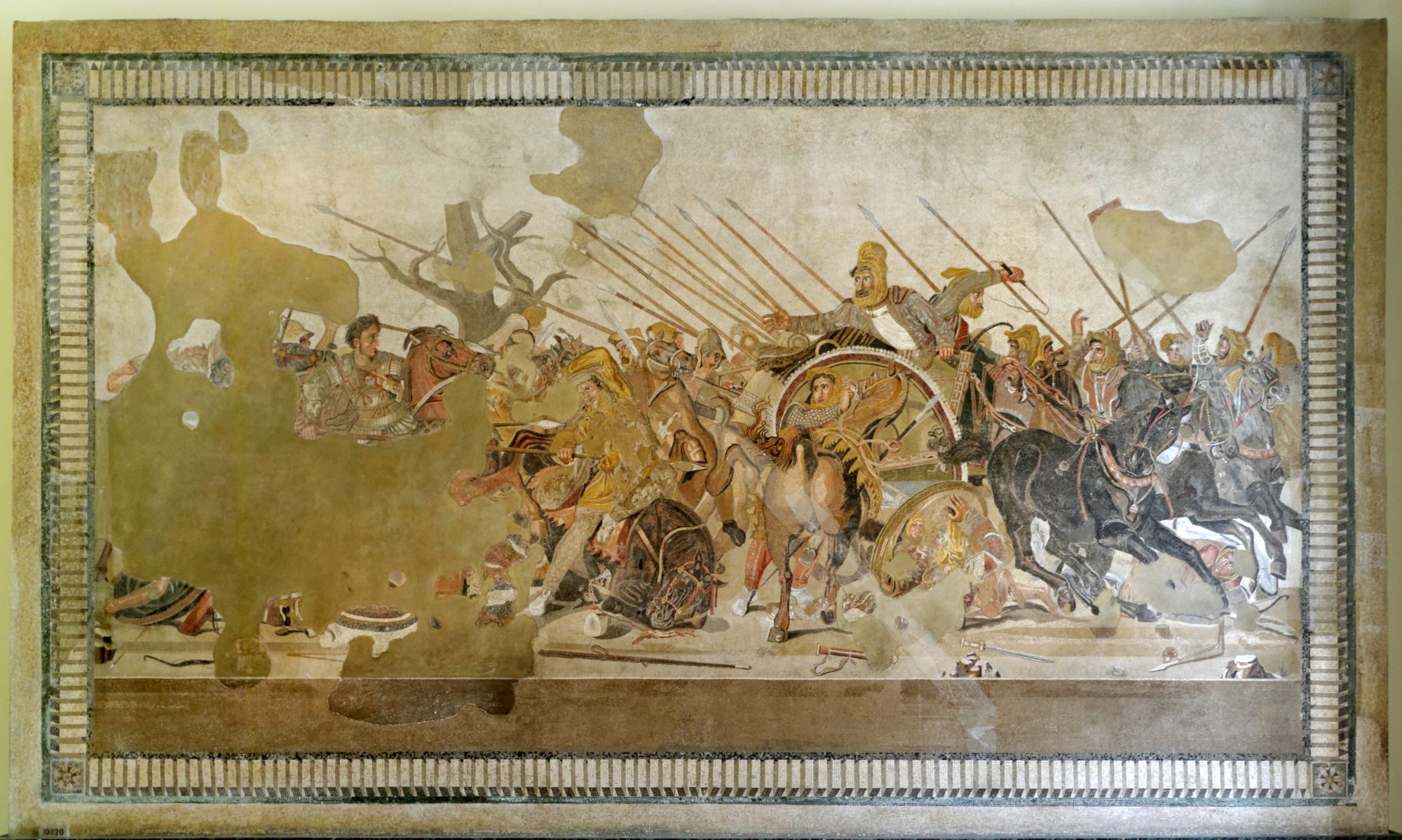“a highly informative picture, both raw and wry, of human relationships in 17th century Britain”

Date Published :September 2020
Publisher :Pen and Sword
Illustration :50 black and white illustrations Binding : Paperback
ISBN : 9781526753076 Dimensions : 9.25 X 6 inches
Pages : 232
I’m going to preface this review by observing that, along with violence and to some extent political intrigue, the goings on behind bedroom doors, and beneath the privacy of a bedcover, is a prime reason historical fiction remains popular.
Visual and print entertainment thrives on arousing the passions of it’s audience with ever more gratuitous and graphic depictions of violence and sex. Going where those languid portraits of silk and satin swathed beauties and formal victorious-general battle scenes merely hinted at …
I don’t think I really need to name names here but … ahem, I’m looking at Versailles. (For the 17th century anyway) …
So, given the immense amount of books detailing the reality of historical violence, which I may say I myself have contributed to, it is only right that scholars and authors should also make factual reality available for the romantic side of popular interest.
Gentle Reader; so Andrea Zuvich begins her book, following in the tradition of 17th century epistles to the reader. The author has a calm, comforting tone, wry and amusing in the right places, but firm where needed, she holds the reader’s hand, not in a patronizing way, but in the way a friend does for another.
Stringent on period niceties, the author bravely opens herself to all manner of criticism for refusing to pander to modern values and determinedly strives to allow the reader to understand her subject in the way it was understood at the time.
Promising to tread carefully on her reader’s ears and sensibilities, the book, though softly couched, squares its shoulders and carries the burden of its intimate subject without blinking. It is far from pornographic, nor is it by any means elicit, and to those who are titilated (to use a favoured phrase from the pages) rather than amused, an icy bucket of water awaits you in the section regarding diseases. Bringing to mind the story of how a pubescent Nicholas II was brought to view to a syphilis ward to ensure the youth remained relatively chaste. The second half of the book, leaves the general subject behind in favour of explorsironsninto the love lives of the Stuart monarchy
Fear not either that just because the title is bold it is necessarily a gleeful rampage through smut and scandal. The book covers with encyclopedic thoroughness all manner of things from premarital affairs, to marriage customs and legalities, medical considerations, contraception, romantic and political factors, gender roles, divorce, and a host more practical and unusual topics that make the Stuart’s seem at once familiar and at the same time distant. I appreciated that in the chapter on same sex relationships the author cautions her readers and makes clear that perception of homosexuality and actual homosexuality are not the same thing.
The book is based in large part on a great many contemporary works that are either outright erotic in nature, (the primary purpose being to arouse), scientific, or sort of self help, alongside with the more preachy pamphlets and sermons admonishing uncleanliness in a less godless time. These not only speak to glamorous liaisons and powerful marriages in the Stuart Court, but to everyday people attempting to negotiate life and love. The result is a highly informative picture, both raw and wry of human relationships in 17th century Britain.





You must be logged in to post a comment.